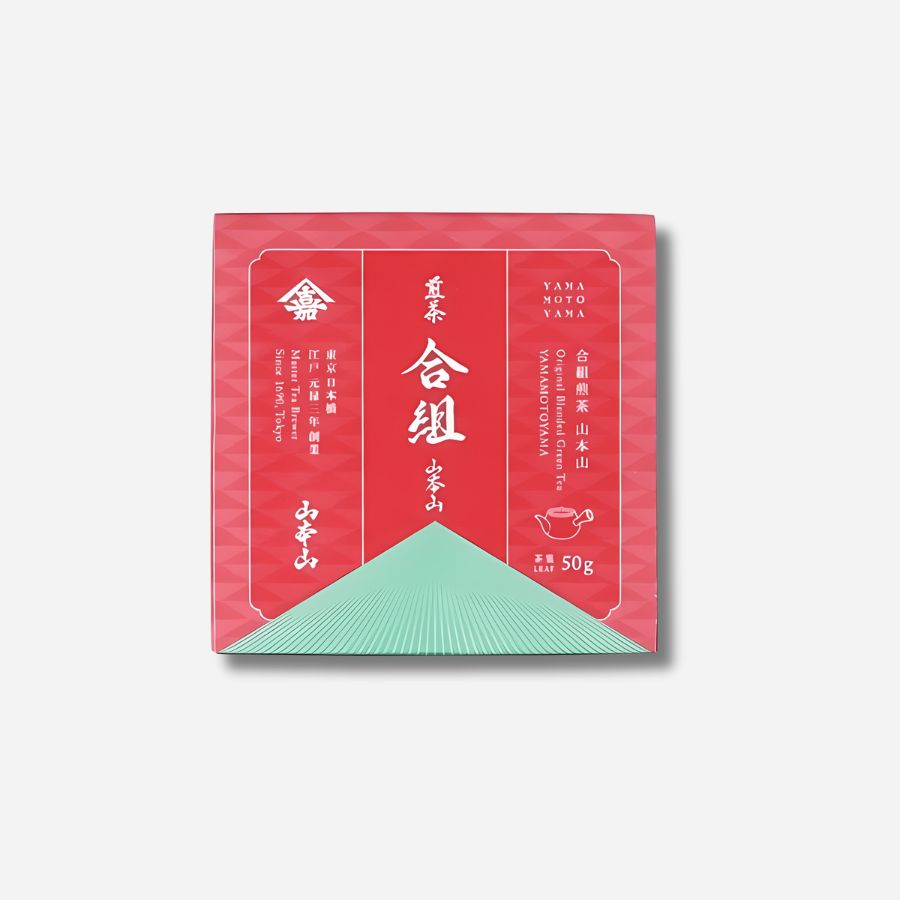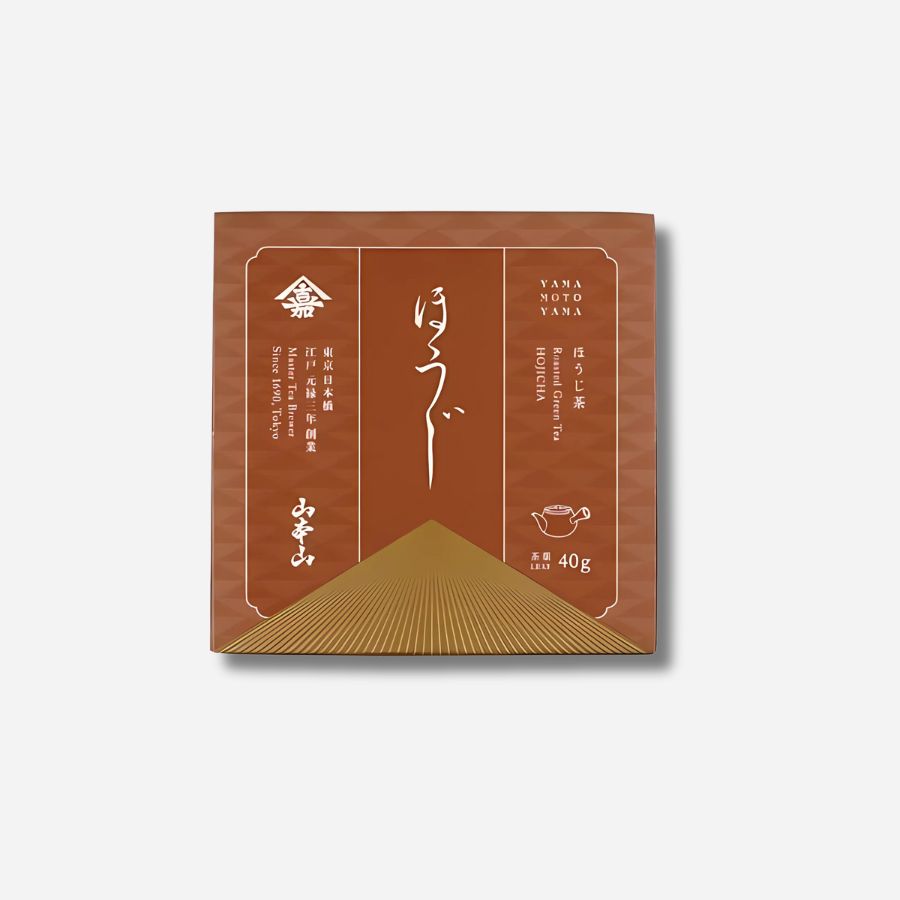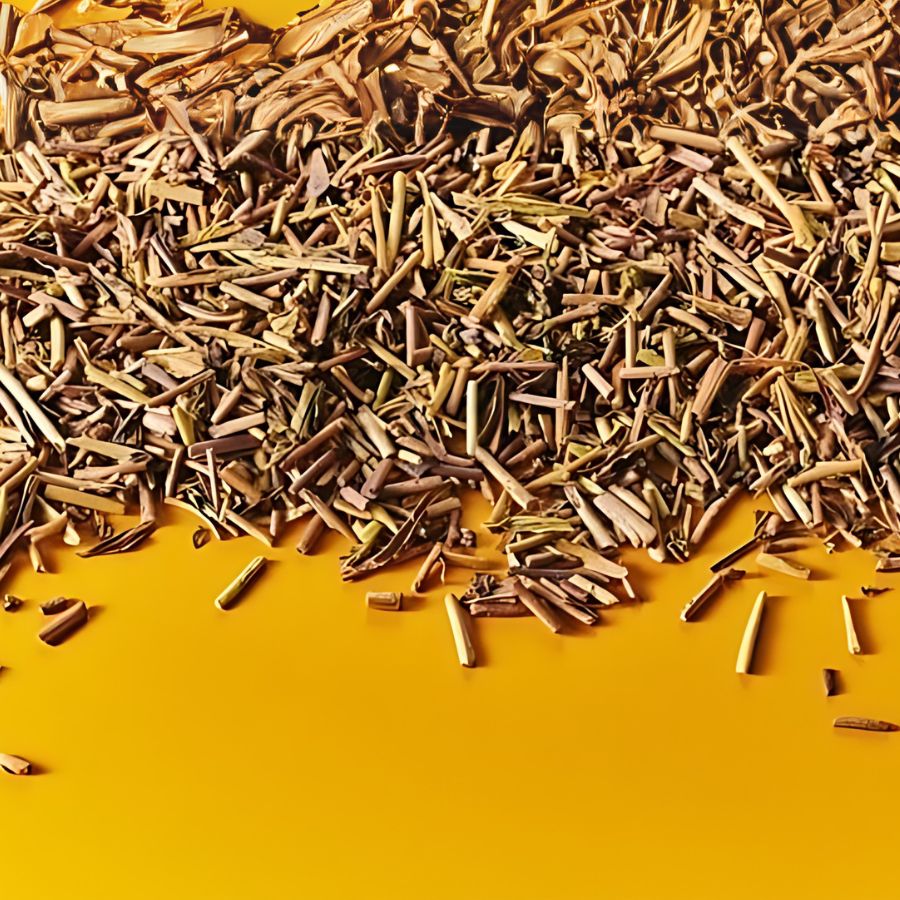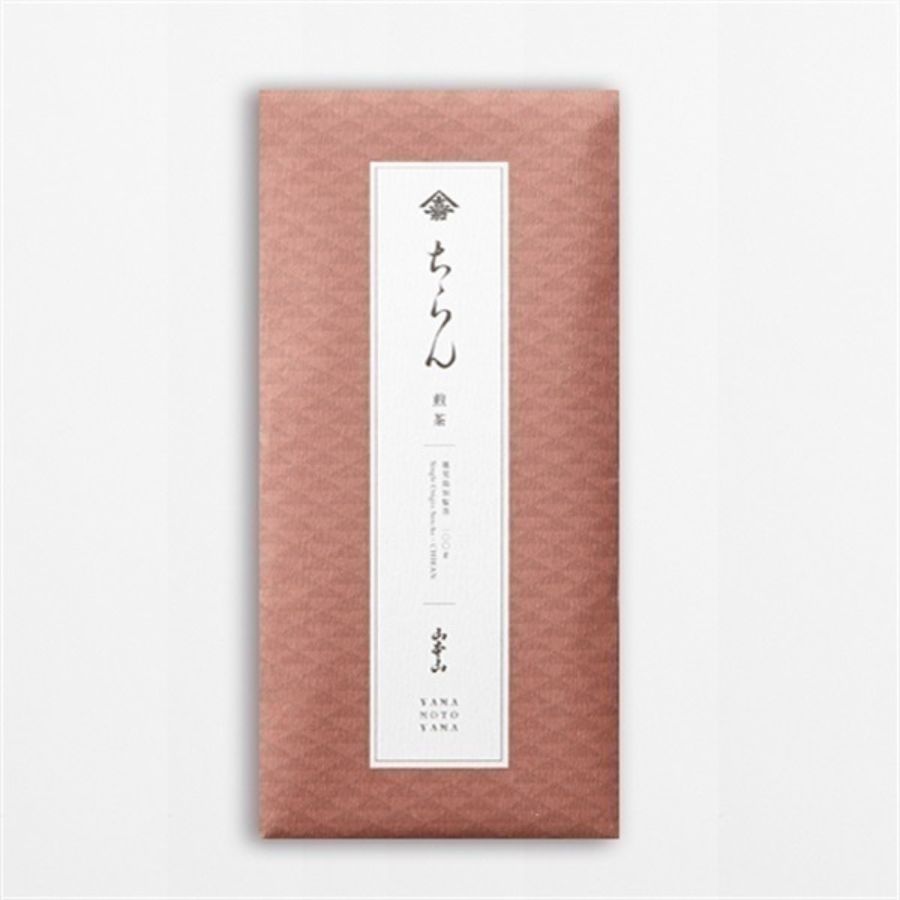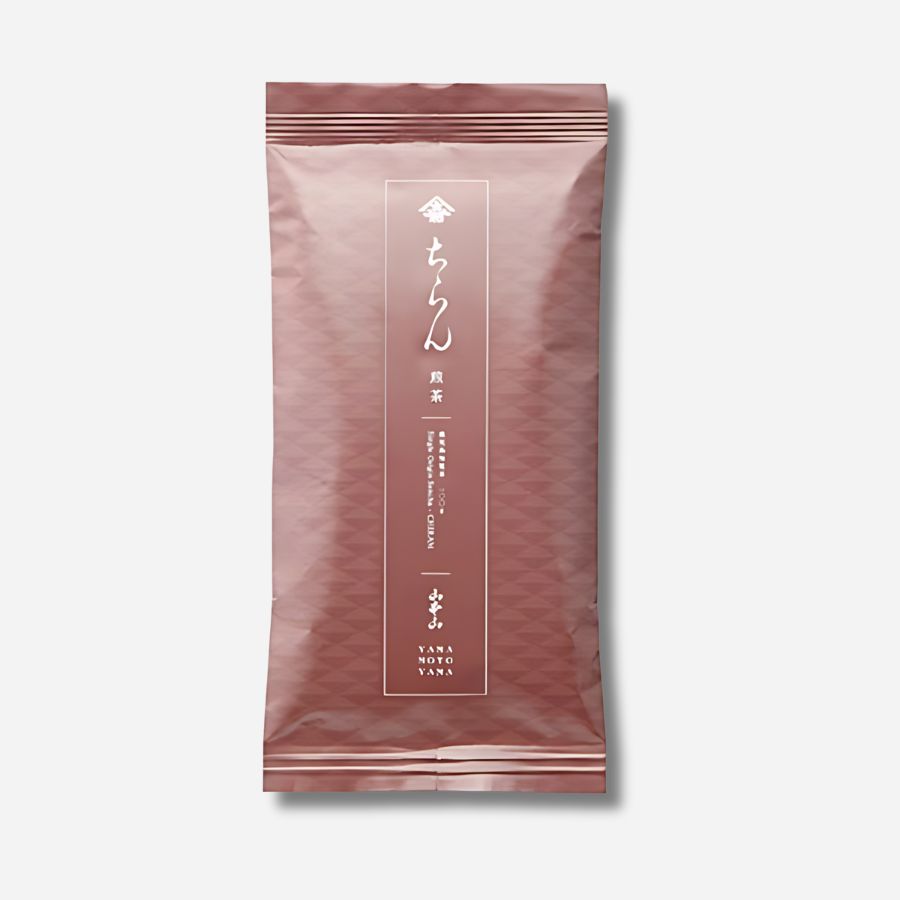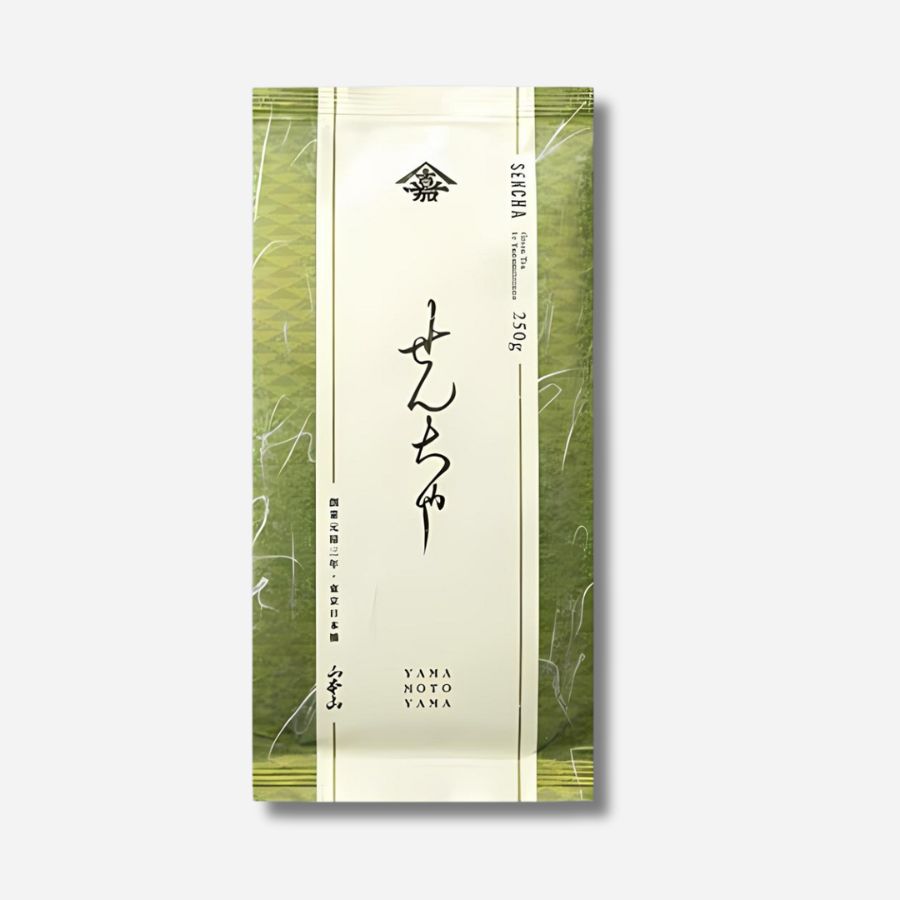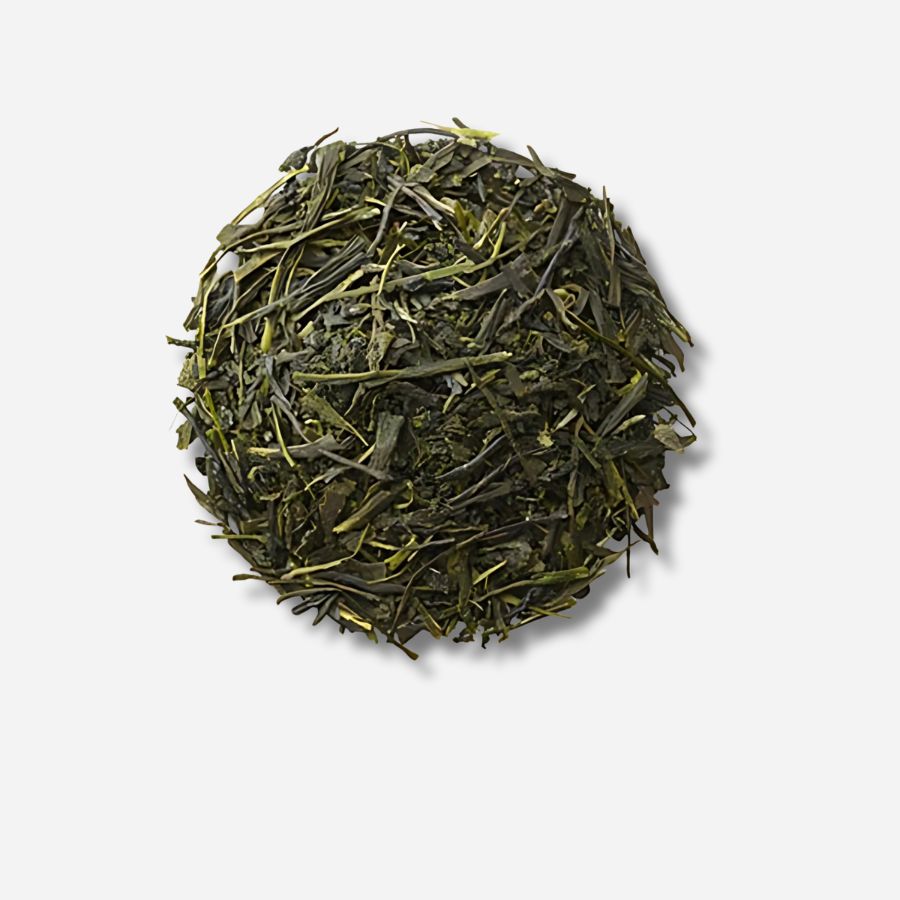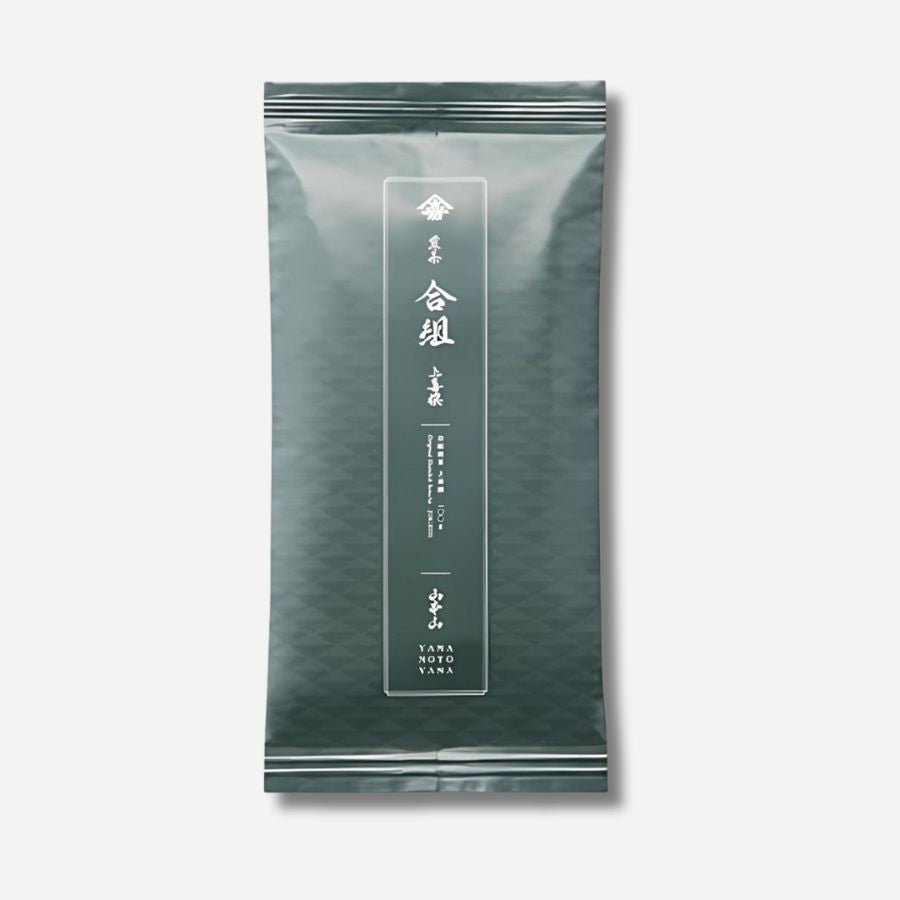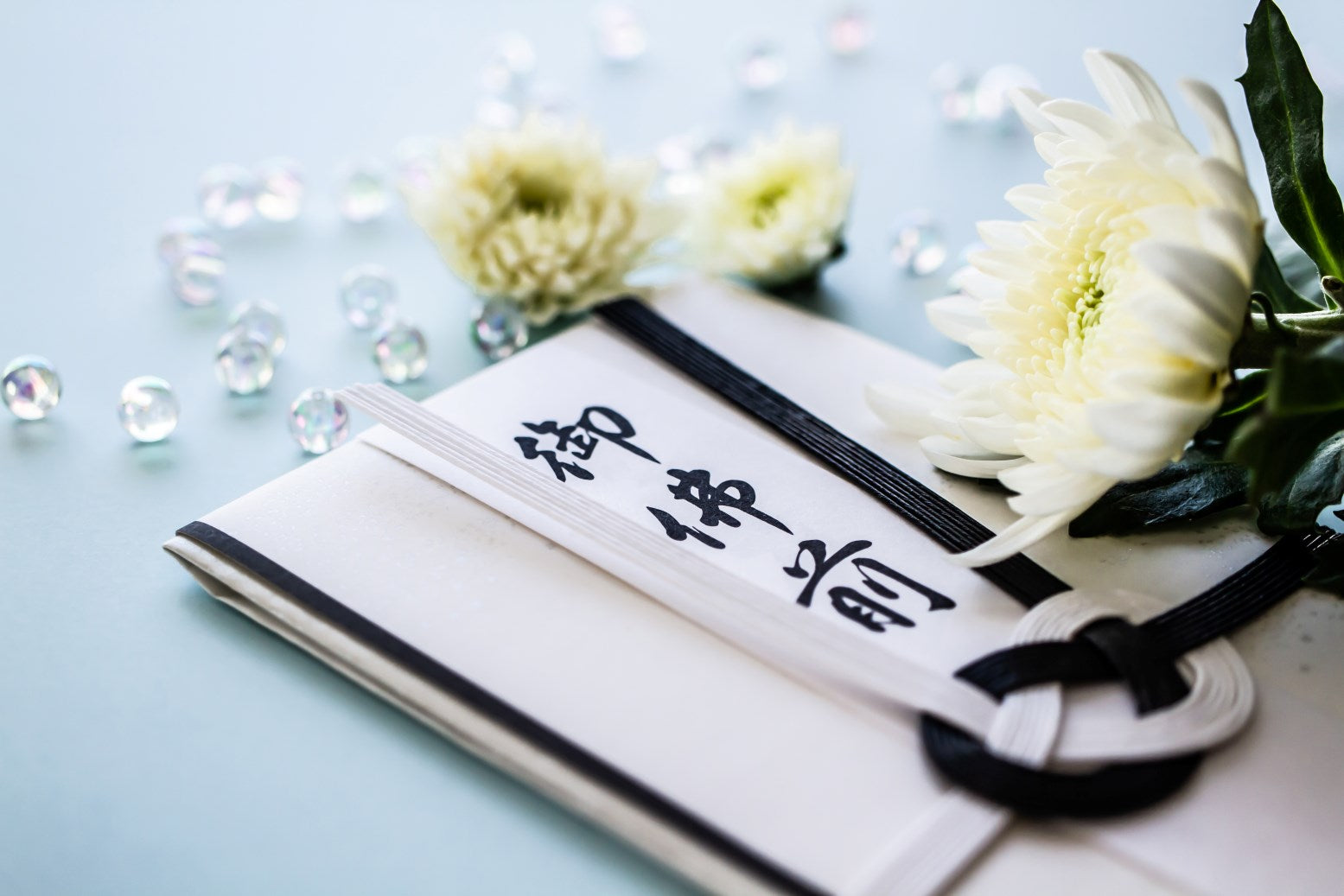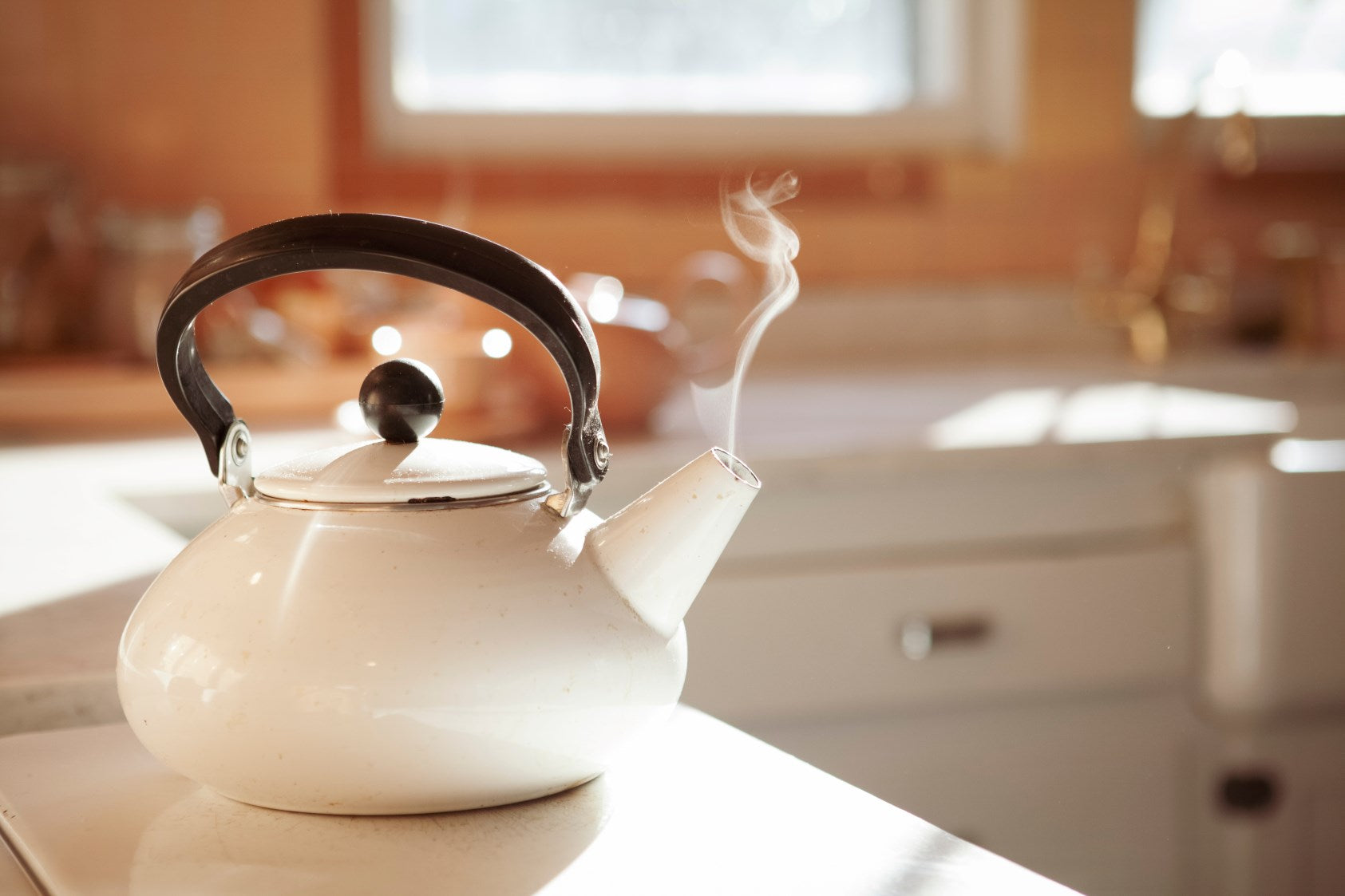
Types of teapot mesh and how to choose them | Basic knowledge for brewing delicious tea
Introduction
We use teapots every day without really thinking about it, but if you take a look inside the teapot, you will see meshes of various shapes.
There are various types of teapots, including those with a stainless steel mesh all around the teapot, those that are cup-shaped and can be removed from the teapot to wash, and even those that have a mesh that covers the spout. However, in order to fully bring out the natural flavor of the tea and enjoy every last drop of the most delicious tea, a teapot mesh (tea strainer) is essential.

The role of the teapot mesh
- Thoroughly steep the tea leaves: To bring out the maximum flavor from the tea, it is important that the entire tea leaf is submerged in the hot water.
- Allows air to escape easily: Prevents clogging and allows tea to flow smoothly.
- Uniform extraction of tea leaf ingredients: If the brewer becomes clogged, the ingredients will come out more concentratedly from the tea leaves in the clogged area, which can result in uneven tea flavor.

Types of teapot mesh
There are various types of nets, as shown below, each with their own characteristics, such as being easy to wash or easy to remove air from.
1. Belt net
This is the most common mesh currently used, and it covers the entire inside of the teapot. It is less likely to become clogged with fine tea leaves, and even if one part becomes clogged, tea will come out from other parts, allowing you to brew delicious tea.
2. Circle Network
This type of mesh is often seen in Banko ware, a traditional craft, and is characterized by its round shape. Its advantages are that it does not clog easily and is easy to pour.
3. Cup Net
This type is placed on top of the teapot. It has a simple mesh and is easy to wash, but it can be difficult for the tea leaves to spread out, which can prevent the tea ingredients from being fully extracted.
4. Ceramic tea strainer
The mesh is made of the same ceramic material as the main body. It is made of ceramic, so it is recommended for people with metal allergies and can handle fine tea leaves. Because it is a fine mesh, frequent maintenance is required.
5. Bottom net
The bottom of the teapot is covered with a mesh, so all the tea leaves are evenly submerged in the hot water, making it suitable for a wide variety of tea leaves. However, when brewing a small amount of tea, the hot water may not reach all the way through, making it difficult for the tea ingredients to be extracted.
6. Pokonet
The spout of this teapot is round and protruding. This teapot is easy to pour tea from and does not clog easily when using tea leaves that are large. Suitable for bancha and hojicha.
7. Hand cup net
This is a convenient cup-type mesh with a handle. You can throw away tea leaves without getting your hands dirty.
8. Flat Net
This type of mesh is common among commercially available teapots. It is a standard teapot with a large mesh over the spout, allowing the tea to flow through easily. The mesh is flat, so tea leaves do not get tangled easily and it does not easily become clogged.

summary
The most common style today is the belt-shaped mesh, in which the inside wall of the teapot is completely surrounded by mesh.
This shape means that even if one area becomes clogged, tea will continue to flow out from the other areas, and air can easily escape from the sides of the tea leaves, allowing tea to come out smoothly.
Choosing a teapot with a mesh that does not clog will lead to delicious tea. The mesh of the teapot is an important part that affects the taste of the tea.
You may not have paid much attention to it before, but be sure to choose the right mesh and enjoy brewing delicious tea.





